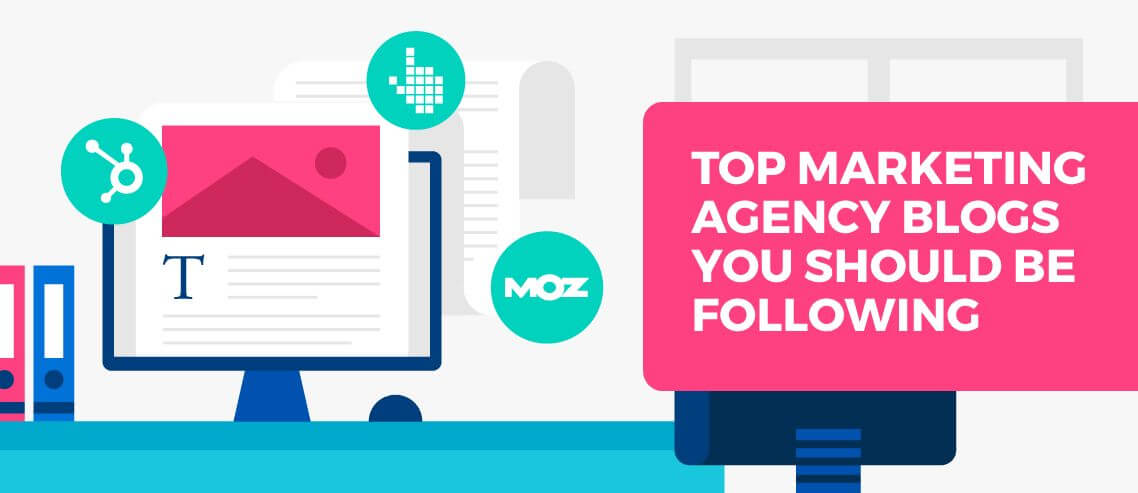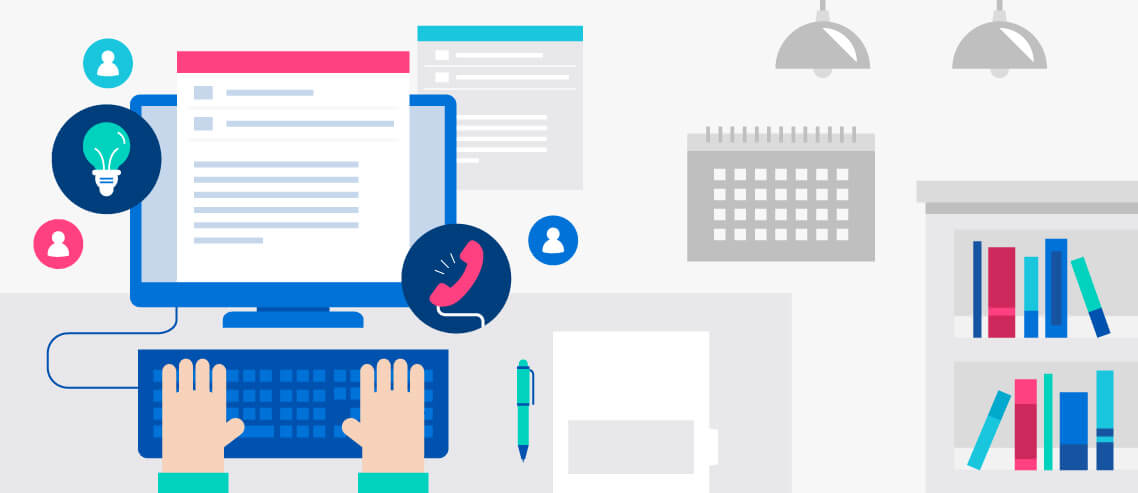How to Leverage Email Outreach to Get the Most Out of Your Conference Experiences
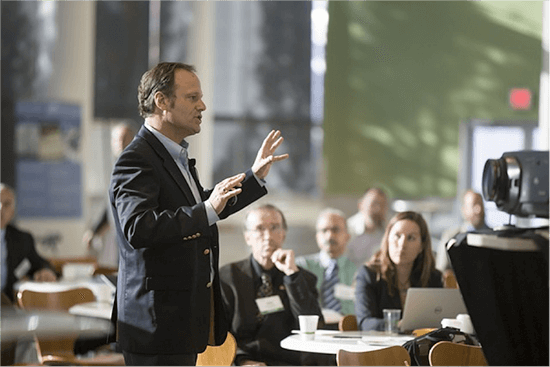
Contents
Conferences can be hit or miss. Dispassionate speakers, poor organization, inferior facilities, little value and more, can and do happen. But thankfully, that seems to be the exception and not the rule. Most are fantastic and worthwhile.
The biggest and best are massive events – impeccably organized and structured – that people look forward to for months in advance. In the marketing sphere, a few of those include:
- Content Marketing World
- MarketingProfs B2B Marketing Forum
- Inbound
- Growth Marketing Conference
- MozCon
- Inc. 5000
There are literally dozens of them, so you’re guaranteed to find at least a few specific to you, your niche, and your brand.
Here’s the part that many forget about conferences, though: most of the work – even as “just” an attendee – happens before it takes place. Sure, you could buy your ticket, book your hotel room, and attend on the day(s). You’ll likely get some valuable tips and actionable ideas.
But to truly get the most out of them, you have to put in time and effort before you go. And one of the best ways to do that is to leverage cold email outreach.
Why Go At All?
Many may argue that conferences in the 21st century are an unnecessary expense. In an age with blogs, podcasts, streaming video, email, instant messaging, and social media, you can connect with peers and influencers far quicker and for less expense than physically traveling to a real-world conference.
That’s true. No argument.
And if you believe the bare facts are all you get from a conference, then by all means, don’t go. But I’m here to tell you that you’re wrong. Conferences offer so much more.
New Ideas and New Skills
This is, of course, what most people understand they’ll get out of a conference. You’ll attend sessions, talks, and workshops that introduce you to new tools, tactics, interpretations, and data. This alone makes them worthwhile, but as we’ve already said, you could get them online.
A Mini Break
A conference is most definitely “work,” but it also gets you out of the office and away from your desk for a day or two. Never underestimate the restorative power of that. You get to see a new city or country, have some fun, and recharge your batteries while enhancing your skill set and knowledge base. A change of scenery is often just what you need to see things differently and have that “Eureka!” moment you’ve been waiting on. What’s not to love?
Discover New Tools, Services, Vendors, and Suppliers
Let’s not forget that many conferences are also attended by the vendors, suppliers, and startups that keep your industry innovative and running smoothly. You may find the perfect solution to a problem you’ve recently encountered, or a supplier that costs less than the one you’re currently using, or something you didn’t even know you needed.
Read a blog or watch a video, and you don’t get that.
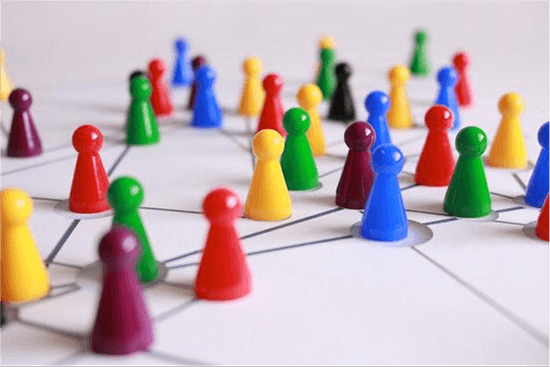
Network with Peers
One of the biggest benefits of attending a conference is the like-minded people you get to meet. You’ll encounter your rivals and competition, perhaps, but they may end up being your closest confidantes and partners. Work together, set up referral networks, uncover new ideas, share your own, gain valuable feedback, and inspire each other to do better.
And don’t forget, while you’re meeting people, they’re meeting you. It’s a fantastic opportunity to spread awareness, build your reputation, and gain authority within your niche.
Meet the Influencers
Reading and commenting on their article is fine. Sitting in their audience, listening to them live, and introducing yourself afterward is infinitely better. It’s not even close. The connections you make with influencers at a conference can end up being the single greatest investment you make in yourself and your brand.
But that’s not all: step out of your comfort zone, increase your focus (even if only while there), and much more.
Conferences may be more expensive and more time-consuming, but you get what you pay for.
Want to squeeze every ounce of benefit out of a conference? Get to work with cold email.
“Conferences are great because you get to hear and learn from all the industry influencers, but what’s even better is when you can start building a relationship with those same leaders just by sending a single email.” ~Sujan Patel
Before the Conference
Much of the “hard” work happens before you go. You need to set yourself up for success by not leaving anything to chance by warming up a few “leads,” building a few bridges and mapping your plan of attack.
Who?
Make a list of the people going – both speakers and attendees – that you want to meet and connect with at the conference. Check the official speaker, exhibitor, and attendee list if one is available. Contact the conference organizer and ask for one if it’s not (the worse they can say is ‘no’).
Alternatively, you could turn to the conference app if it exists. Many of the larger events are increasingly releasing an app in the weeks prior. Check the website. If there is one, install it. They often allow for direct communication with speakers and attendees through the app.
Next, find (or create, if necessary) the conference hashtag. Use a tool like Narrow to create follow automation on the hashtag. With it, you can quickly find people talking and tweeting about the conference for your outreach, stay on their radar, and keep on top of relevant discussions.
No matter what tactic you use, generate a list of individuals you want to meet. Then reach out to them.
How?
Once you have your list of names, unless you already have a means of communicating with them (via app, for example), you’ll need to track down their email address.
In a perfect world, it’ll be listed with their name, wherever you found it. If not, you’ll have to do some digging.
Check their social media profiles or personal websites. Contact details are often listed in the “About” section. If not, try a tool like Voila Norbert or ContactOut to assist. Just find it.
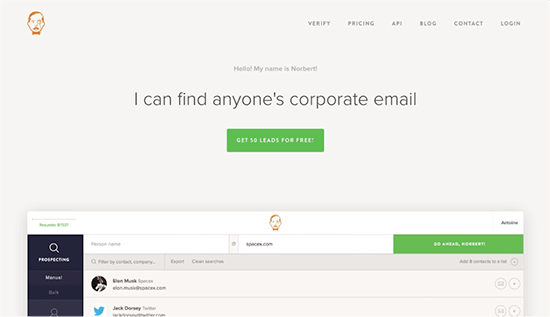
What?
With the name and email address in hand, research them. What are their latest projects, recent awards, other industry recognition, recent publications, or personal achievements and milestones? You need to find enough to personalize each message you’re going to send.
Finally, reach out to them. Send a simple, brief, and personalized email message. It need not be any more complicated than this:
Hi [first name],
My name is [your name], and I’m attending the conference next weekend. I run a small digital marketing firm, so I’m really looking forward to your talk on [subject]. I read your recent blog series on X, and it really sparked a few ideas for my own business.
Anyways, I’m sure you’re busy getting ready, so I won’t take any more of your time. Perhaps I could buy you a quick cup of coffee after your session. I’d love to get your opinion on something.
Cheers,
[your name]
It can be that simple. Obviously, adjust the template to fit you and your recipient. And never, ever lie about anything.
Keep it light, friendly, and easy.
“Coffee at the hotel bar is easier to agree to and faster than asking to buy them lunch or take them somewhere outside the conference. They might say ‘no thanks’ or ‘I’d love to, but I’m too busy’, but even if so, you’ve made a connection. You’re no longer a stranger.” ~Sujan Patel
During the Conference
Send your emails, and hope for replies. But – and this is the best part – even if you don’t hear from them, you’ve still set yourself up for success.
Now, when you approach them, you’re not a stranger. They’ll most likely remember you or recognize your name, and if not, you can subtly remind them.
Either way, you’re now at least slightly more likely to get a few minutes of their time, or to schedule a quick chat later at their convenience.
And even if that doesn’t happen either, you’re still golden. The worst-case scenario – they don’t reply, or reply but say they don’t have time, and they can’t chat with you at the event – still means you’ve engaged with them twice. They know you, even if only superficially, and that’s something you can build upon (more on that in a moment). There’s no downside.
After the Conference
Your work doesn’t end with the conference. Afterwards, it’s time to solidify the new connections you made while there.
Follow Up, Follow Up, Follow Up
It’s time for the all-important follow-ups. A follow-up email can turn a connection into a friend.
To that end, send follow-ups to everyone you met, to everyone with whom you want to strengthen and deepen the initial connection you made.
Collecting business cards and email addresses at the conference is meaningless if you don’t actively keep those connections alive. They need to be watered and fed.
You could volunteer to write a recap and share it with relevant individuals (you have your detailed notes, after all). If you thought to offer this at the conference and collected names and email addresses of those interested in receiving it, fantastic. Otherwise, you can check with the conference app or organizer for a list of attendees for each session.
This creates goodwill towards you and strengthens the connections: you’re adding value, making yourself a prized person to know, and increasing your authority and reputation amongst your peers.
Send a quick ‘thank you’ to the speakers and influencers. Whether they did or didn’t have time to chat with you doesn’t matter (although you definitely need to send an extra-special thanks to those that did). The crucial element is engaging with them for a third time.
Thanks for the wonderful workshop. It was nice to meet you. Thanks for the quick chat after your session. I learned a lot. Your idea/opinion/approach for X has really inspired me to try it on my own.
Whatever you say, keep it short, sincere, and personalized. You might hear back from them, you might not. But you’ve engaged with an industry leader on a one-to-one basis for the third time. You can’t buy that kind of connection.
“Building the relationship – especially with industry influencers – in this way is fantastic. You can hear direct from the horse’s mouth at any time you want with just a simple email. That’s the single biggest value you can get.” ~Sujan Patel
Later, when you leave a comment on their new blog or social media post (and you should definitely do that), your name will stand out. When you next contact them by email, yours is likely to get opened, read, and responded to more than someone without that “name” (if not face) recognition.
Conferences are only as good as the time and effort you put into them. By using email outreach beforehand, you can set up a weekend of not only insightful discussions but powerful networking and connections.
Cold email works. Period. Follow-ups work. Period. Conferences are worth the time and expense. Period.
Image: Pixabay


